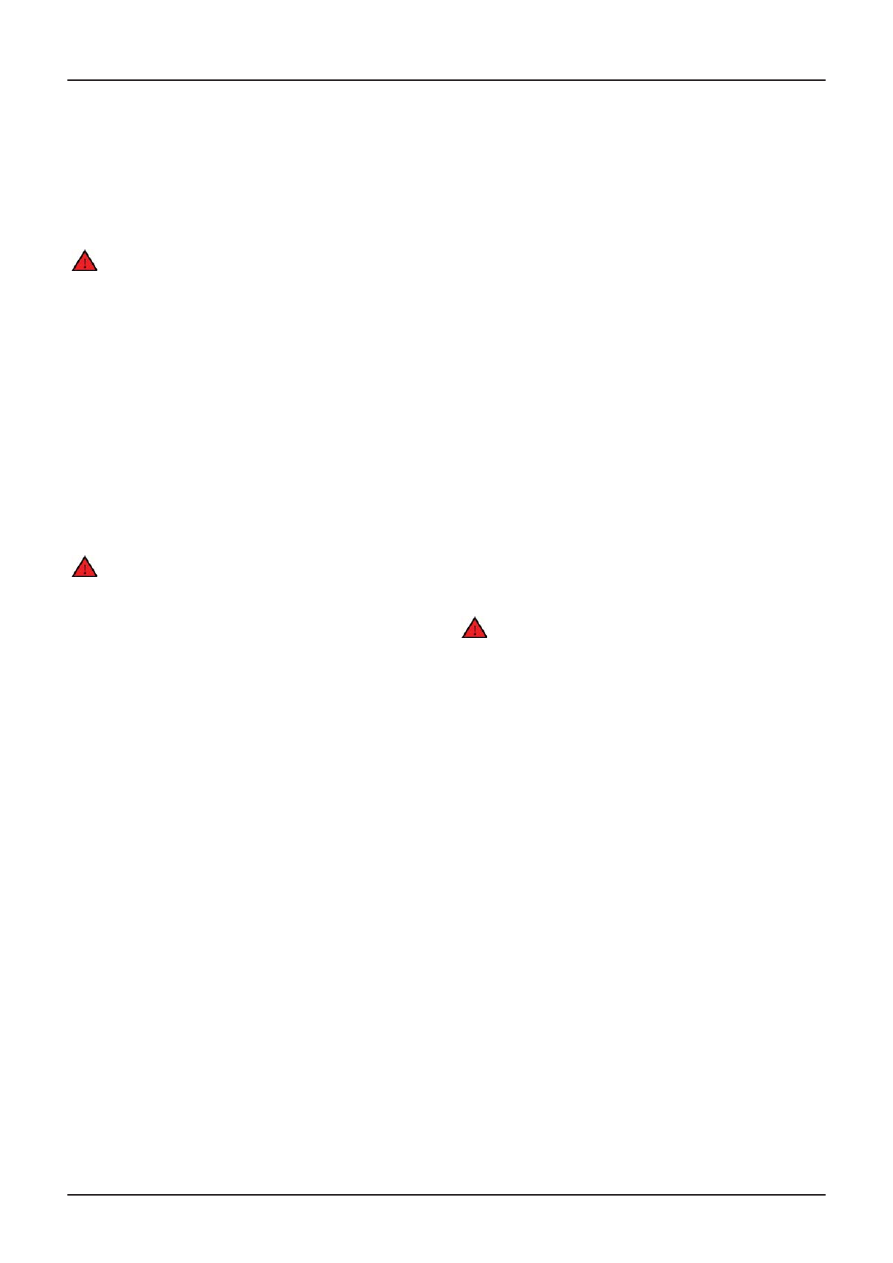Ford Focus RS (2011 year). Manual - part 89

module connections, an illuminated air bag warning
lamp will be displayed and a DTC logged by the
RCM.
Deactivation
WARNING: To avoid accidental
deployment, the RCM backup power supply
must be depleted. Wait at least one minute
after disconnecting the battery ground
cable(s) before commencing any repair or
adjustment to the SRS, or any
component(s) adjacent to the SRS sensors.
Failure to follow these instructions may
result in personal injury.
1. Disconnect the battery ground cable.
REFER to:
Battery Disconnect and Connect
(414-01 Battery, Mounting and Cables,
General Procedures).
2. Wait at least one minute for the backup power
supply in the RCM to deplete its stored energy.
WARNING: To minimize the possibility of
premature deployment, live air bag
modules must only be placed on work
benches which have been ground bonded
and with the trim cover facing up. Failure
to follow these instructions may result in
personal injury.
3. Remove the driver air bag module from the
vehicle.
REFER to:
Driver Air Bag Module
(501-20
Supplemental Restraint System, Removal and
Installation).
4. Connect the driver air bag simulator to the
sub-harness in place of the driver air bag
module at the top of the steering column.
5. Disconnect the passenger air bag module
electrical connector.
Vehicles Built From: 04/2006
(501-20
Supplemental Restraint System, Removal and
Installation).
6. Connect the passenger air bag simulator to the
wiring harness in place of the passenger air bag
module.
7. Disconnect the side air curtain module electrical
connector on both sides. REFER to: (501-20
Supplemental Restraint System)
8. Connect the side air curtain simulators to the
wiring harnesses in place of the side air curtain
modules.
9. Disconnect the driver side underseat occupant
restraint systems electrical connector.
10. Connect the occupant restraint systems
simulator to the driver side underseat occupant
restraint systems electrical connector in place
of the safety belt pretensioner and side air bag
module.
11. Disconnect the passenger side underseat
occupant restraint systems electrical connector.
12. Connect the occupant restraint systems
simulator to the passenger side underseat
occupant restraint systems electrical connector
in place of the safety belt pretensioner and side
air bag module.
13. Connect the battery ground cable.
REFER to:
Battery Disconnect and Connect
(414-01 Battery, Mounting and Cables,
General Procedures).
Reactivation
WARNING: The air bag simulators must be
removed and the air bag modules
reconnected when reactivated to avoid
non-deployment in a collision. Failure to
follow this instruction may result in
personal injury.
1. Disconnect the battery ground cable.
REFER to:
Battery Disconnect and Connect
(414-01 Battery, Mounting and Cables,
General Procedures).
2. Wait at least one minute for the backup power
supply in the RCM to deplete its stored energy.
3. Remove the driver air bag simulator from the
sub-harness at the top of the steering column.
4. Connect and install the driver air bag module.
Supplemental Restraint System, Removal and
Installation).
5. Remove the passenger air bag simulator from
the passenger air bag module wiring harness.
6. Connect and install the passenger air bag
module.
Restraint System, Removal and Installation).
7. Remove the side air curtain simulators from the
side air curtain module wiring harnesses.
G401865en
501-20B-
16
Supplemental Restraint System
501-20B-
16
DIAGNOSIS AND TESTING
REFER to:
Driver Air Bag Module
(501-20
/
Passenger Air Bag Module - Vehicles Built
From: 04/2006
(501-20 Supplemental
Side Air Curtain Module - Vehicles Built From:
22-06-2007
(Removal and Installation),
REFER to:
Passenger Air Bag Module -